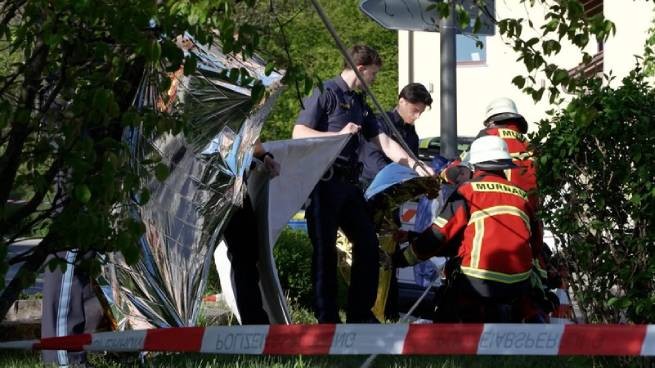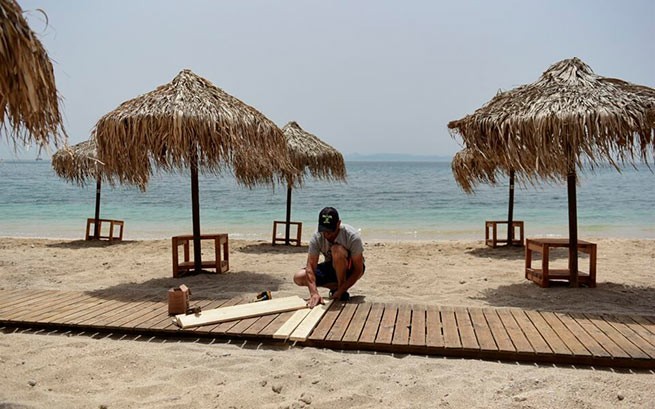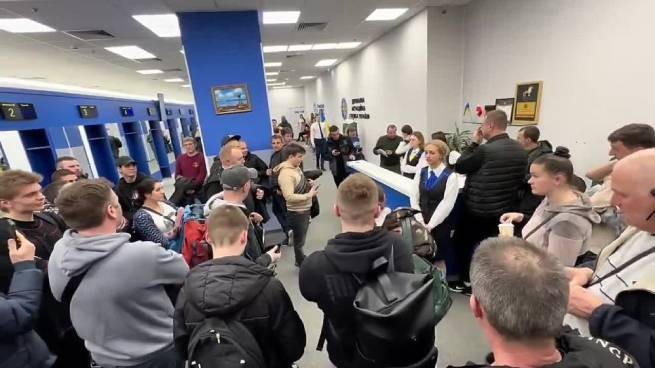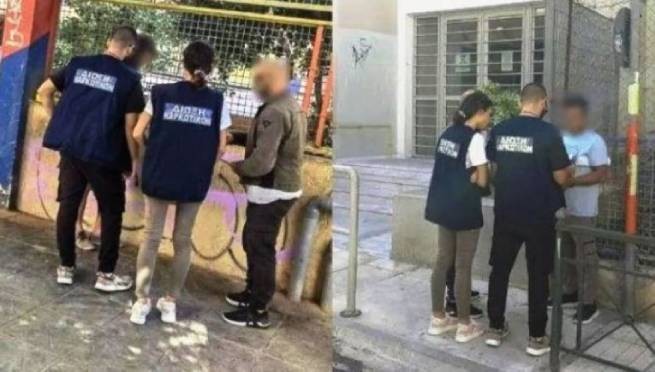On the very first day of the implementation of restrictions on entry to the center of Athens, the so-called. “Ring“(δακτυλίου), there were strong traffic jams around the center of Athens and a slight decrease in traffic inside, which confirms the concerns of transport specialists.
In fact, the experience before the coronavirus in the “central ring” shows that this measure does not work without systematic and intensive surveillance. The same danger lurks again: experts point out that if adequate and systematic law enforcement measures are not taken, we will return to uncontrolled violations that have effectively neutralized it in recent years.
The state of health is not an ally of the new ring, as most passengers in the center of the capital avoid boarding public transport for fear of the coronavirus.
According to the Traffic Management Center of the Attica Region, an increase in traffic has been recorded on the roads surrounding the ring road, such as Kifissos, Alexandras, Katehaki, Hamosternas, Kallirrois and other avenues. On the national road Athens-Lamia, in the descending stream towards Piraeus, there was heavy traffic yesterday until the junction with Acharnon until 11 am, at which time morning traffic jams usually returned to normal.
The situation on Kifissias Avenue yesterday is indicative, where at 9 am the distance between Psychico and Hilton was 9 minutes, between Psychico and Syntagma 12, and between Psychico and Pedio Tu Areon – 20 minutes. A slight decrease in traffic was observed on streets within the ring, such as Stadiou, Panepistimiou, Amalia, Vasilissis Sofias.
“As long as there are checks, the entrance to the center of Athens will be restricted. However, it will increase on the ring roads, to Alexandras, to Michalakopoulou, to Hamosternas, etc.,” explains Giorgos Yiannis, Professor and Director of the Department of Transport and Transport Infrastructure at NTUA and consultant to the Municipality of Athens.
The professor estimated that “all this will last no more than a month, because then the traffic police will inevitably cease so strictly control the entrances to the ring.” Expressing the opinion of many transport experts, he points out that the entrance should be monitored with video cameras, as well as the passage along the lanes for public transport. “Ultimately, however, a return to normal use of public transport is required,” adds Mr Yiannis. For its part, OASA increased the number of routes and buses available during the morning rush, and also increased the number of lines passing through the center by 50%, while the time slots on all three metro lines also decreased.
Until yesterday morning, a special sign of free entry into the “ring” with daktylios.gov.gr platforms was received by 31,070 vehicle owners (electric, gas and liquefied, hybrid and EURO VI – up to 120 g / km). All other exceptions (special categories of citizens) must obtain an appropriate permit from the traffic police.
Parents’ concerns
Meanwhile, there are fears among parents whose children go to schools in the center of Athens and live outside the central “ring”. There are no provisions for the transfer of children to and from schools, some of whom are primary school students, since their parents are not entitled to free entry to the “ring” at the beginning and at the end of classes. “I went to the traffic police of Athens, they told me that at the moment this is not foreseen, but we can submit a corresponding application, which will be sent to the competent minister, who can provide us with the appropriate permission to enter the ring,” describes the situation in Stratos Tsitsivos , father of a student at the Experimental School at the University of Athens on Skoufa Street.
Opinions of residents of the capital
“This is likely to cause even more annoyance.”
I will not be able to get on public transport while the pandemic lasts, not under the threat of a fine, but also with the threat of using weapons. There is no control on our public transport, and there is nothing more psychedelic than arguing with passengers who have removed their masks and often do not respond to comments. The ring won’t change anything. This is likely to cause great disappointment for drivers who have to leave the car, the only safe means of transportation at the moment.
The pandemic has presented us with many dilemmas, both on a personal and social level. Individual responsibility requires conscientiousness, and if public transport is the only option for me to move to the center, I feel like the state is putting me in danger in the midst of a pandemic with no alternatives.
The alternative is more traffic on the roads during rush hours. If it is impossible to control those who do not comply with the protective measures, let’s check the traffic lights for the best passability.
Ms. Epistimi Binazi is a freelance resident in the area inside the ring.
Closer to a more sustainable culture of movement
During the pandemic, citizens chose to use cars instead of public transport, resulting in a sharp increase in traffic. The Ring will benefit the city in many ways as it achieves reduced traffic loads as well as dramatic reductions in emissions and noise. The goal is to improve conditions for permanent residents, employees and those who like to walk in the center. Residents and guests of the capital are encouraged to regain confidence in public transport. During the pandemic, serious efforts were made to improve it and this should be continued to become the main option for getting around the city. Now that we have weapons against COVID-19, it is possible, thanks to the measures taken, to redefine the conditions in which we will all exist as a society. It is necessary to deprive yourself of the mass dimension of movement. The restoration of the ring will bring the people of Athens closer to a more sustainable culture of travel.
Mr. Ioannis S. Androulakis is a resident of Athens, Head of the Independent Toll Service – Electronic Road Infrastructure Management.
“We need to rebuild social life”
Restoring the “ring” is extremely problematic for those of us who live in the suburbs. The average Halandri resident lives here because he lives his daily life close to the center where he works, visits doctors and shops, and even organized his social life based on the proximity to the center.
During the pre-coronavirus period, residents of Halandri used public transport, which provided very quick access to the center. After the lifting of health restrictions, we were “forced” to resort to a car and a taxi to avoid the risk of being on public transport. This practice, while creating new problems by contributing to the terrible congestion on the roads of the past two months, was the only solution to allow us to get around safely. During a pandemic, conditions in public transport remain tragic in terms of congestion and health risks. However, the “ring” is returning, so the only option is to use public transport if nothing else can be done. In addition, we are forced to radically reconsider public life. Now it will be extremely difficult even to go to the cinema in the “ring” area. If we have friends or relatives living inside the “ring”, we are denied the right to meet with them until ten in the evening. In fact, the pandemic ring will turn us into small-town residents working in dangerous conditions in the center, while excluded from city life.
Ms. Dora Kontura is a teacher from Attica.






More Stories
Why cats don't go to your hands and don't like to be petted
When does old age begin? The answer to this question changes with age.
Association of Professional Nutritionists to be created in Greece